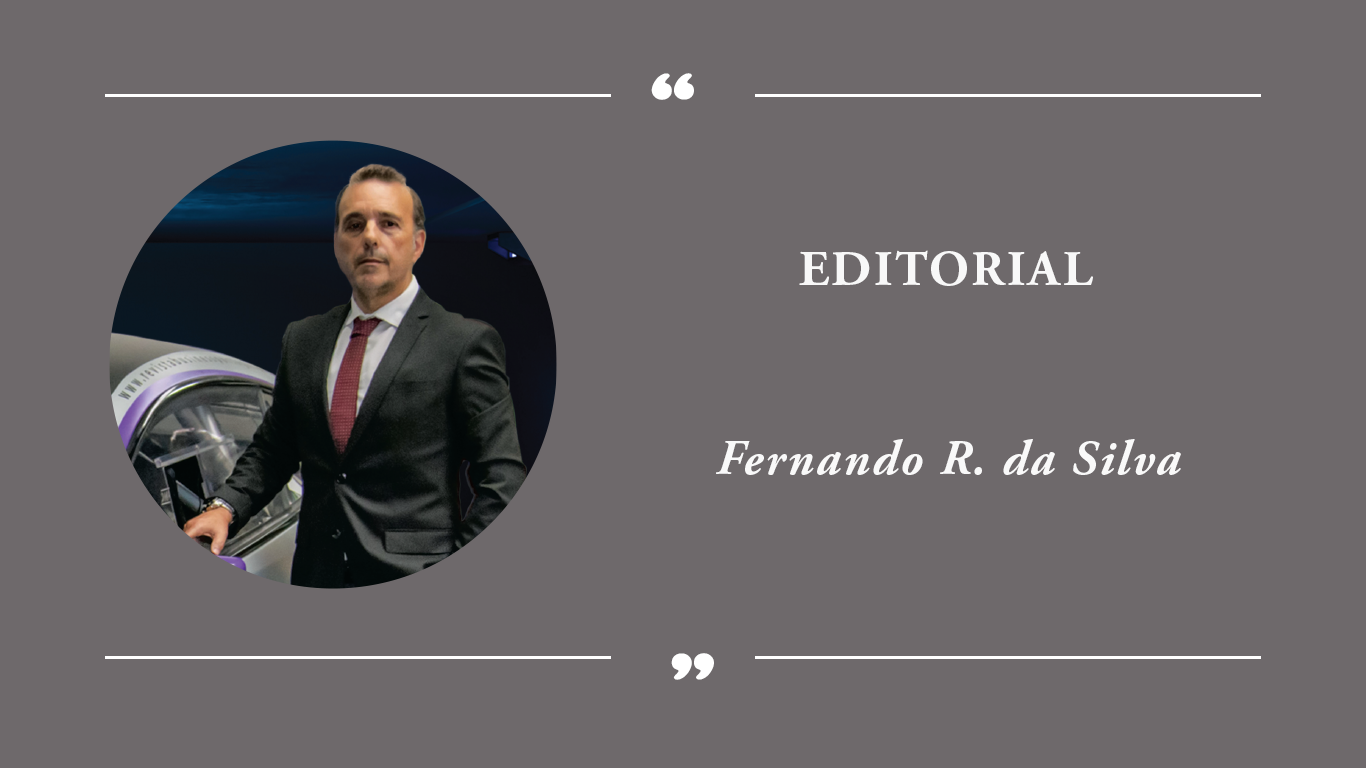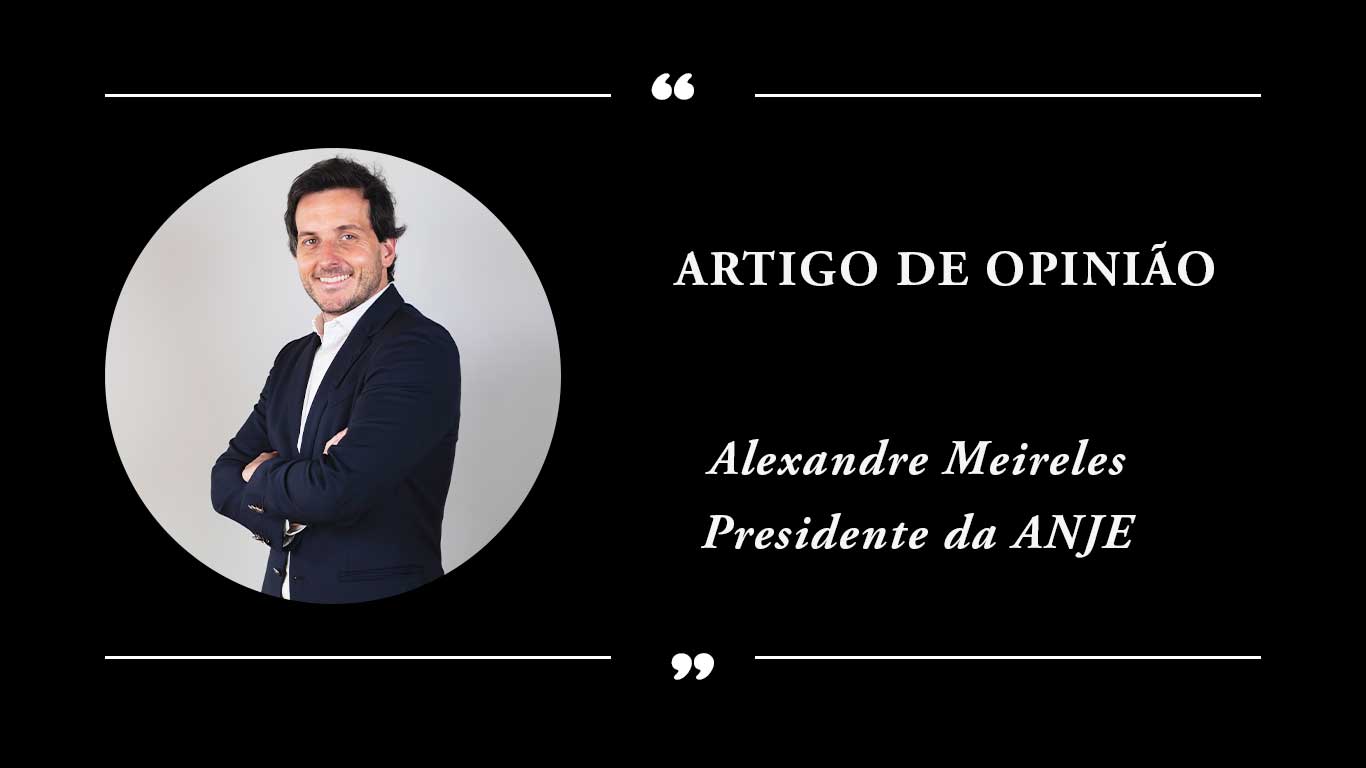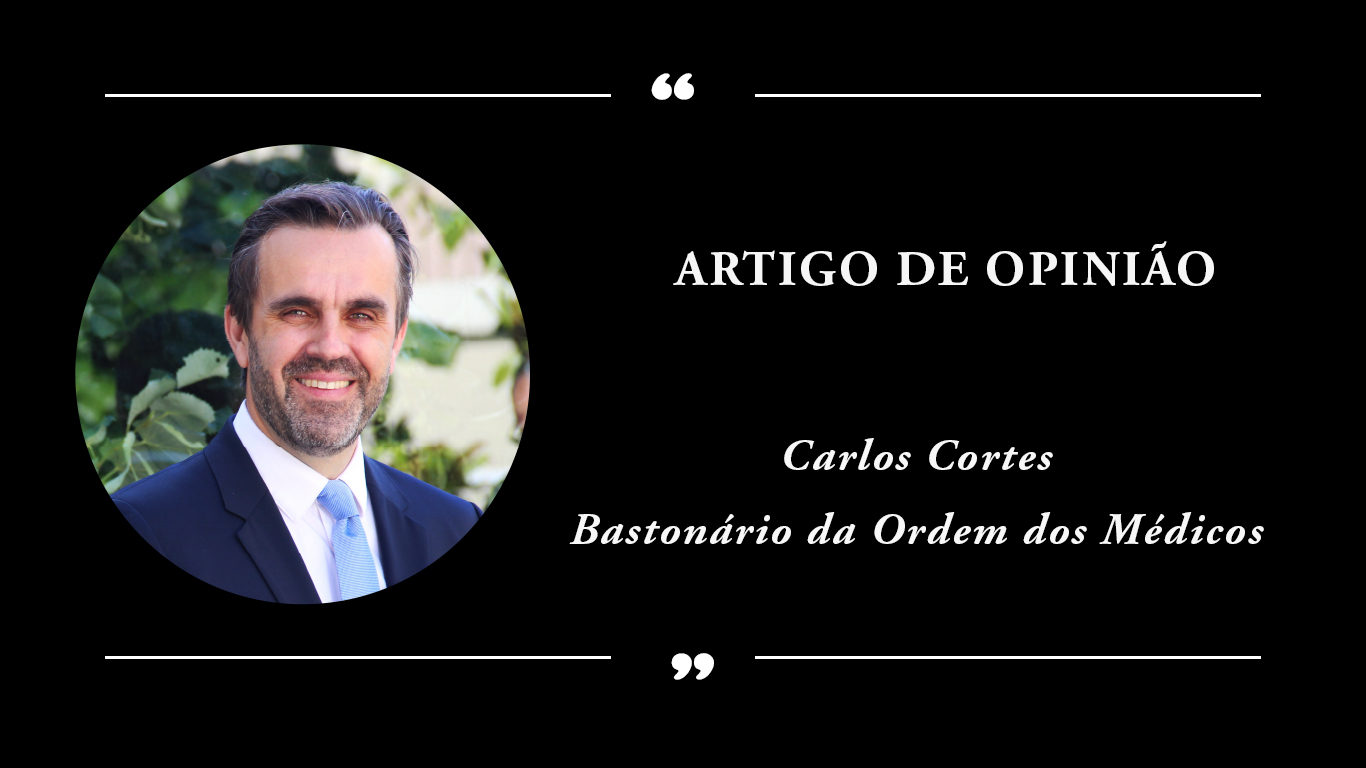HS Consulting: Monitorizar e Inovar

A engenharia sempre foi a sua paixão e o desenvolvimento de monitorização da saúde das infraestruturas levaram-no a criar a HS Consulting. Especialista reconhecido internacionalmente nesta área, Hélder Sousa, viaja pelos diversos continentes para apresentar as vantagens deste sistema de monitorização. Entrevista a Hélder Sousa, CEO HS Consulting
A HS Consulting foi criada com que objetivos e qual o seu core business?
Em primeiro lugar, gostaria de expressar o meu agradecimento pelo convite para partilhar a minha experiência, opinião e visão numa área – Structural Health Monitoring – que é seguramente uma via de futuro para uma maior eficiência de processos na garantia da integridade de infraestruturas de Engenharia Civil. De há 15 anos para cá, tenho desenvolvido e implementado, num contexto internacional, técnicas SHM direcionadas ao apoio na manutenção e gestão de pontes e viadutos. Em tudo similar à área da saúde, a HS Consulting surgiu de uma necessidade de mercado, nomeadamente em apoiar pacientes (i.e., os donos de obra) na implementação de novas técnicas de prevenção (i.e., abordagem pró-ativa) em detrimento do tratamento da doença (i.e., abordagem reativa).
Da sua resposta, a área Structural Health Monitoring (SHM) parece de todo claramente vantajosa para a economia, segurança das infraestruturas de Engenharia Civil e bem-estar social. As entidades competentes compreendem o conceito, aplicabilidade e vantagens deste sistema de monitorização?
Desde o início deste século, a área SHM tem sido progressivamente explorada e aplicada em estruturas de Engenharia Civil, ainda que de um modo experimental e pontual do meu ponto de vista. Nomeadamente, isto tem sido feito através de projetos de investigação liderados por universidades / institutos de investigação. Deste modo, a efetiva integração dos sistemas SHM nos procedimentos internos das entidades responsáveis pela gestão e manutenção destas infraestruturas é o grande desafio do momento, na minha opinião. É minha perceção que as entidades competentes estão cientes do conceito e aplicabilidade (porque permitem a utilização das suas estruturas neste tipo de projetos), ainda que as vantagens, e apesar de no conceito serem evidentes (i.e., potencia uma abordagem proatividade e mais eficiente), não estejam a ser claramente demonstradas às entidades, na minha opinião.
Quais, no seu entender, são os principais entraves encontrados quanto à aceitação e efetiva na utilização deste sistema por parte das entidades competentes, ou como diz, o que está a dificultar a identificação das vantagens subjacentes?
Parece-me sensato que num contexto em que se lida com entidades responsáveis pela gestão e manutenção de infraestrutura tão cruciais e vitais para a sociedade em geral como são as de Engenharia Civil (p. ex. infraestruturas ferro/rodoviárias), é imperativo saber formular o problema, também, da perspetiva destas entidades. Da minha experiência, é preciso trabalhar mais nessa direção, em complemento aos aspetos subjacentes do ponto de vista científico (p. ex. novos sensores, novos métodos, etc.). Uma visão mais holística – harmonizando o progresso da ciência com as necessidades efetivas de mercado – é fundamental para uma infraestrutura mais moderna e dotada de sistemas proativos e inteligentes que permitam um apoio a uma melhor decisão a nível económico, segurança e bem-estar social, como referiu na sua pergunta anterior.
Com base na sua experiência internacional ao longo destes 15 anos, entende que Portugal deveria ser pioneiro na utilização deste sistema SHM e ser projetado como exemplo, tal como o é na construção e manutenção de infraestruturas aéreas?
De facto, devo salientar que Portugal tem estado na linha da frente a nível Europeu, e mundial até, não só em termos de investigação científica, mas também na exploração efetiva destas técnicas SHM na economia real. Mais especificamente, Portugal lidera neste momento o Comité de Inovação do maior movimento Europeu na área SHM aplicado a infraestruturas de Engenharia Civil, nomeadamente a ação COST TU1402 – Quantifying the Value of Structural Health Monitoring. Ao longo dos últimos 4 anos, Portugal tem sido pioneiro em sensibilizar os seus pares internacionais para a necessidade de uma melhor e mais efetiva comunicação com a audiência que, numa primeira instância, mais poderá beneficiar – os responsáveis pela gestão e manutenção de infraestruturas de Engenharia Civil. Não estou a dizer que esta consciência não esteja em todos nós, está na minha opinião. Mas uma coisa é ter consciência, outra coisa é passar à prática.
Realizar-se-á, em março de 2019, em Guimarães, um congresso que irá abordar também esta temática. Seria possível detalhar um pouco mais este evento com os nossos leitores, salientando nomeadamente a sua importância e objetivos?
Sim, trata-se de um evento organizado pela IABSE – the International Association for Bridge and Structural Engineering e a Universidade do Minho, na qual haverá uma sessão especial intitulada Why invest in SHM of Civil Engineering infrastructures?. Trata-se de uma sessão pensada e desenhada com o intuito de explicar, numa linguagem acessível e prática (i.e., com base em custos monetários) qual o benefício na utilização de técnicas SHM aplicadas a obras de Engenharia Civil. Mais especificamente, uma série de casos de estudo (p. ex. pontes, torres eólicas) de diferentes pontos da Europa serão apresentados onde os seus autores irão explicar e justificar quando é que se torna útil, ou não, a implementação destas técnicas SHM. Talvez de interesse particular para os decision makers destas entidades responsáveis, será a apresentação da recomendação técnica TU1402 – On the value of SHM applied on Civil Engineering structures. O objectivo, é demonstrar a mais valia na utilização das técnicas SHM no planeamento e gestão das infraestruturas de Engenharia Civil. Mais uma vez, Portugal está no grupo da frente, estando a liderar este movimento. Para mais detalhes, terei todo o prazer em continuar esta conversa com os vossos leitores via e-mail.
* ENGLISH VERSION *
Monitor, innovate and modernize
Engineering always has been his passion and the development of Structural Health Monitoring systems devoted to Civil Engineering infrastructures led him to setup HS Consulting. Internationally recognized, Helder Sousa guide us along is vision about the advantages of these systems in a socio-economic and cultural context. This is a fundamental step forward that in the medium/long-term that Europe must do, so we may have modern Civil Engineering infrastructures supported by SHM systems that potentiate a proactive approach towards smart structures, which in turn will allow a better decision-making process at all levels, i.e. economic, safety and social wellbeing, as you mentioned in your previous question
How HS Consulting appeared and what is its core business?
First and foremost, I would like to acknowledge your invitation to share my experience, opinions and vision in a field – SHM – that I am sure is a valuable tool for higher levels of efficiency, in terms of guaranteeing the required serviceability and safety of Civil Engineering infrastructures. I have been developing, and learning as well, with my peers along these last 15 years on how to implement SHM as a useful tool for keeping bridges & viaducts in a better performance along their lifetime. Metaphorically speaking, very similar to what is happening in our health system – i.e., by implementing preventing techniques (i.e. proactive approach) rather than focussing only on the treatment (i.e. reactive approach).
- From your answer, Structural Health Monitoring (SHM) seems clearly beneficial for the economy, safety of Civil Engineering infrastructures and social wellbeing. Are the main stakeholders aware of the concept and its advantages?
Since the beginning of this century, the field of SHM has been, progressively, explored and applied in Civil Engineering structures, although on an experimental basis and punctual approach, from my point of view. More precisely, this has been achieved mainly by means of research projects promoted and leaded by universities / research institutes. In such context, the effective integration of these SHM systems in the internal protocols of owners/concessionaires of Civil Engineering infrastructures is the biggest challenge at the moment, in my opinion. My experience tells me that the main stakeholders are perfectly aware about the concept of SHM and its applicability (that is why also they allow the utilization of their structures on those research projects), despite the fact that the advantages are not clearly demonstrated from their point of view yet. In other words, although the advantages are evident from a conceptual point of view, there is a gap in how this approach might contribute to a proactive approach rather reactive and therefore, increase levels of efficiency.
In your opinion, what are the main barriers founded in the effective utilization and/or integration of these SHM systems in the real economy, or as you say, what is avoiding the identification of the advantages from the point of view of the stakeholders?
In a context where we are dealing with stakeholders responsible for the management of such crucial and vital infrastructures for the society in general (e.g. rail/highway infrastructures), I believe that is wise, and imperative even, to better formulate, or even reformulate in some cases, the problem under analysis. From my experience, more work is needed towards a holistic vision, where the experts on the field allies there deep knowledge and scientific progress (e.g. new sensors, new processing techniques) with the real necessities and problems that these stakeholders face on a daily basis. This is a fundamental step forward in the medium/long-term that Europe must do, so we may have modern Civil Engineering infrastructures supported by SHM systems that potentiate a proactive approach towards smart structures, which in turn will allow a better decision-making process at all levels, i.e. economic, safety and social wellbeing, as you mentioned in your previous question.
Based on your international exposure and experience along these 15 years, do you believe that Portugal should be in the leading group in the utilization of these SHM systems and by that been seen as an example of excellence, as it is in the construction and management of aerial infrastructures?
Indeed, I must inform your readers that Portugal is in the front line at the European level, and even worldwide, not only in terms of research in this field but as well as in the exploitation of these SHM techniques in the real economy. More specifically, Portugal is currently leading the Innovation Committee of the biggest European movement in the field of SHM systems applied in Civil Engineering structures mainly, in the COST Action TU1402 – Quantifying the Value of Structural Health Monitoring. Since 2014, Portugal has been fostering near of his international peers about the necessity of a better communication between both academia and industry sectors. In a first instance, it is unquestionable that stakeholders responsible for the management of Civil Engineering infrastructures will benefit the most with this and by consequence, the economy and the society in general. Nevertheless, I am not saying that this conscious does not exist, indeed, it exists in my opinion. But one thing is to have conscious and another, very different, is to put it in practice by means effective actions.
In March next year 2019, a conference will take place in Guimarães where this theme on SHM applied on Civil Engineering infrastructures will be focussed. Could be possible to share some more details about this event with our readers by highlighting its impact and objectives?
Indeed, early next year a conference, organized by IABSE – the International Association for Bridge and Structural Engineering and University of Minho, will take place in Guimarães with a special session so-called Why invest in SHM of Civil Engineering infrastructures?. This special session has been designed and planned with the main purpose of explaining, in a non-technical language (as much as possible at least) on the benefit of utilization of SHM techniques applied to Civil Engineering infrastructures (e.g. bridges and wind parks). A set of case studies, from different places in Europe, will support this session where their authors will explain to the audience about the benefit, or not, in the utilization of SHM. Perhaps, and from the point of view of the decision makers, it is worthwhile to highlight that the technical recommendation TU1402 – On the value of SHM applied on Civil Engineering structures will be officially presented. This is one of the most relevant deliverables of the TU1402 and the objective of this document is to demonstrate the added value that might be achieved by exploring SHM in a context of asset management and support decision makers in better exploring these techniques even at the regulatory level. Once again, Portugal is in the front group by leading this technical recommendation. For further details, I am more than happy to continue further this conversation with your reader wither by email of phone.
Short bio:
Dr Sousa is an independent consultant, with international exposure and experience, in the field of Structural Health Monitoring (SHM) applied to Civil Engineering infrastructures. Invited Lecturer at the University of Surrey, London, United Kingdom since 2013, he has been pushing forward the teaching of SHM in the field of the structural analysis and assessment of bridges & viaducts.
With more than 15 years of experience, is curriculum is worldwide recognized being currently very active with his peers in the discussion about the quantification on the Value of SSHM applied on Civil Engineering infrastructures. The objective is straightforward – attaining higher levels of efficiency by means of a modern approach and intelligent in the management of those infrastructures that are so crucial and vital for the society in general.



















